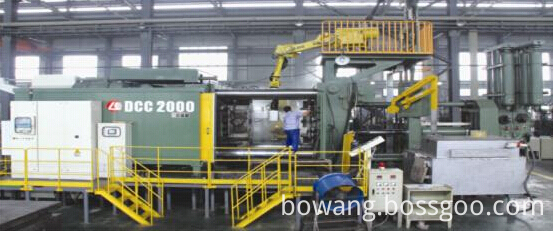 |
The cyanobacterial extracellular polymer (EPS) is a type of macromolecule organic matter produced during the growth and reproduction of cyanobacterial cells. It mainly contains proteins, carbohydrates, lipids, humic acids and other substances, and is rich in carboxyl, amino, and lipid groups. Organic functional groups. Because of the multi-component characteristics and multi-functional structure of EPS, it is easy to interact with the pollutants in the water. The study of the characteristics and mechanism of EPS and these pollutants play an important role in exploring the environmental behavior of pollutants in lake waters.
Researchers at the Nanjing Institute of Geography and Limnology of the Chinese Academy of Sciences, Jiang Helong, and Xu Huacheng, etc., based on the study of EPS functional properties and component characterization of aquatic blue algae in the previous period, combined traditional analysis and advanced characterization methods, using EPS and pollutants in water. The interfacial processes and characteristics of the (metal and colloidal particles) are the starting point for the study and preliminary progress has been made in the environmental effects of the aquatic blue algae EPS:
EPS can easily interact with the mineral colloidal particles in water (qm: 10 mg/g). This process is consistent with the Langmuir model and pseudo-secondary kinetics. However, various complex organic components in EPS have different adsorption affinities and adsorption rates, specifically: humic acids> tryptophans> tyrosines. The ATR-FTIR and XPS results also show that the adsorption behavior of EPS at the particle interface is the result of both electrostatic adsorption and surface coupling. The stability of the colloidal particles after adsorption of EPS is significantly improved. The mechanism of the stability improvement can be explained by the classical DLVO theory. The study also found that the presence of EPS at the same time promoted the metal dissolution fraction of the colloidal particles, indicating that the lake water bloom cyanobacteria EPS will improve the environmental toxicity of water colloidal particles.
In-situ collection of water-borne cyanobacteria and no damage in the room to obtain EPS. Using metal quench titration combined with PARAFAC analysis method, it was found that dissolved tyrosine and humic substances in the organic matter have high metal complexing ability, but EPS color The amino acids have a more pronounced affinity. The result of the EPS classification model showed that the pollutant complexation behavior of EPS has spatial heterogeneity, and the binding ability of the tightly bound EPS is stronger than that of the loosely bound EPS. In combination with the changes in the composition of EPS during the growth of cyanobacteria, it is believed that the presence of EPS helps the algae cells to resist the impact of external pollutants.
Based on the characteristics of the grass-algae eco-lake type in Lake Taihu, combined with ultraviolet-fluorescence spectroscopic analysis techniques, the binding specificities of the dissolved organic components in different types of lake areas were studied, and it was found that the organic components in the grassy area have more pollutant binding sites. And higher bonding strength. Based on the fact that PARAFAC could not characterize the bottleneck of non-fluorescent substances in EPS, a two-dimensional infrared correlation spectroscopy technique was developed to simultaneously characterize the fluorescence and non-fluorescent substance contaminant binding information in EPS, and for the first time confirmed the non-fluorescence in the aquatic blue algae EPS. The important contribution of the substance to the complexation of pollutants.
The above research was funded by the National Natural Science Foundation and the Youth Fund. The relevant research results were published in Journal of Hazardous Materials, Environmental Pollution, PLOS ONE and other journals.
Others Series Products
1.High Quality Die Casting Production series products.
2.Cast aluminum die cast parts in many Aluminum Die Casting for Auto parts,
Aluminium Die Casting for Communications, lamp part series, water pump
part series, power tool series, radiator part series, anti-static
flooring products and Other Series Products.
3.Die casting consulting for aluminum die casting part design and Die Casting Tooling.
4.High quality surface on your aluminum die casting products.
5.Close dimensional tolerances on products die casted in aluminum.
6.Production on aluminum die cast parts will begin in less than two weeks typically..
7.Competitively priced aluminum diecast parts.
8.Various sizes and types of aluminum diecasting capabilities for your needs.
9.A360, A380, A383 and A413, and all Aluminum Die Cast Alloy Parts comply with the EU RoHS standards.
10.Aluminum Sand Casting Parts to Aluminum Die Casting Part conversions.
11.Die Casting Machine Capacity from 50 tons to 3000 tons.

Other Series Products
Alloy Die Casting Series Products,Aluminium Die Casting,Die Casting Series Products
Ningbo Bowang Machinery Co.,Ltd , http://en.zjbwjx.com